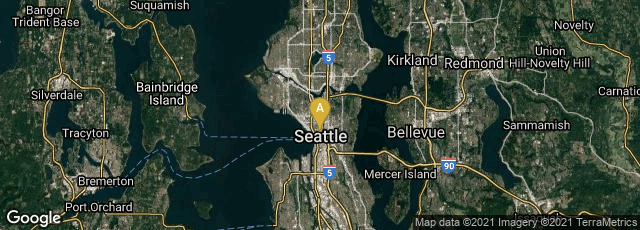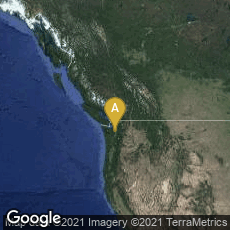

A: Seattle, Washington, United States
In July 1981 Microsoft bought all rights to 86-DOS, otherwise known as QDOS, for Quick and Dirty Operating System, from Seattle Computer Products for $50,000 or $75,000, depending on how the cost is calculated. They renamed it MS-DOS.
"IBM PC-DOS (and the separately sold MS-DOS, which was licensed therefrom), and its predecessor, 86-DOS, were loosely inspired by CP/M (Control Program / [for] Microcomputers) from Digital Research, which was the dominant disk operating system for 8-bit Intel 8080 and Zilog Z80 based microcomputers. However, PC-DOS never ran on less than an 8088 (16-bit).
"When IBM introduced their first microcomputer in 1980, built with the Intel 8088 microprocessor, they needed an operating system. Seeking an 8088-compatible build of CP/M, IBM initially approached Microsoft CEO Bill Gates (possibly believing that Microsoft owned CP/M due to the Microsoft Z-80 SoftCard, which allowed CP/M to run on an Apple II. IBM was sent to Digital Research, and a meeting was set up. However, the initial negotiations for the use of CP/M broke down—Digital Research wished to sell CP/M on a royalty basis, while IBM sought a single license, and to change the name to 'PC DOS'. DR founder Gary Kildall refused, and IBM withdrew.
"IBM again approached Bill Gates. Gates in turn approached Seattle Computer Products. There, programmer Tim Paterson had developed a variant of CP/M-80, intended as an internal product for testing SCP's new 16-bit Intel 8086 CPU card for the S-100 bus. The system was initially named "QDOS" (Quick and Dirty Operating System), before being made commercially available as 86-DOS. Microsoft purchased 86-DOS, allegedly for $50,000. This became Microsoft Disk Operating System, MS-DOS, introduced in 1981.
"Microsoft also licensed their system to multiple computer companies, who supplied MS-DOS for their own hardware, sometimes under their own names. Microsoft later required the use of the MS-DOS name, with the exception of the IBM variant. IBM continued to develop their version, PC DOS, for the IBM PC. Digital Research became aware that an operating system similar to CP/M was being sold by IBM (under the same name that IBM insisted upon for CP/M), and threatened legal action. IBM responded by offering an agreement: they would give PC consumers a choice of PC DOS or CP/M-86, Kildall's 8086 version. Side-by-side, CP/M cost almost $200 more than PC DOS, and sales were low. CP/M faded, with MS-DOS and PC DOS becoming the marketed operating system for PCs and PC compatibles" (Wikipedia article on DOS, accessed 02-05-2010).